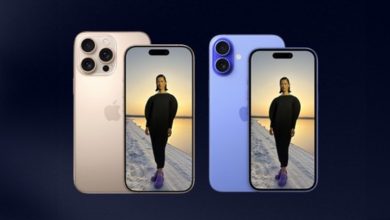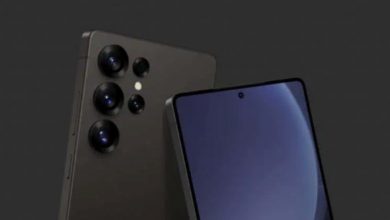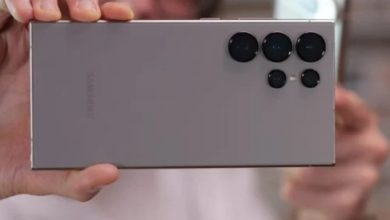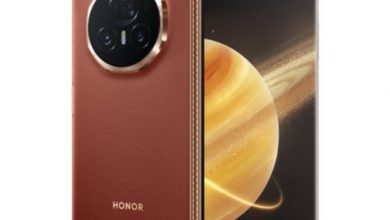Are you worried about the radiation emitted by your cell phone? Then choose one of these 20 smartphones, or not
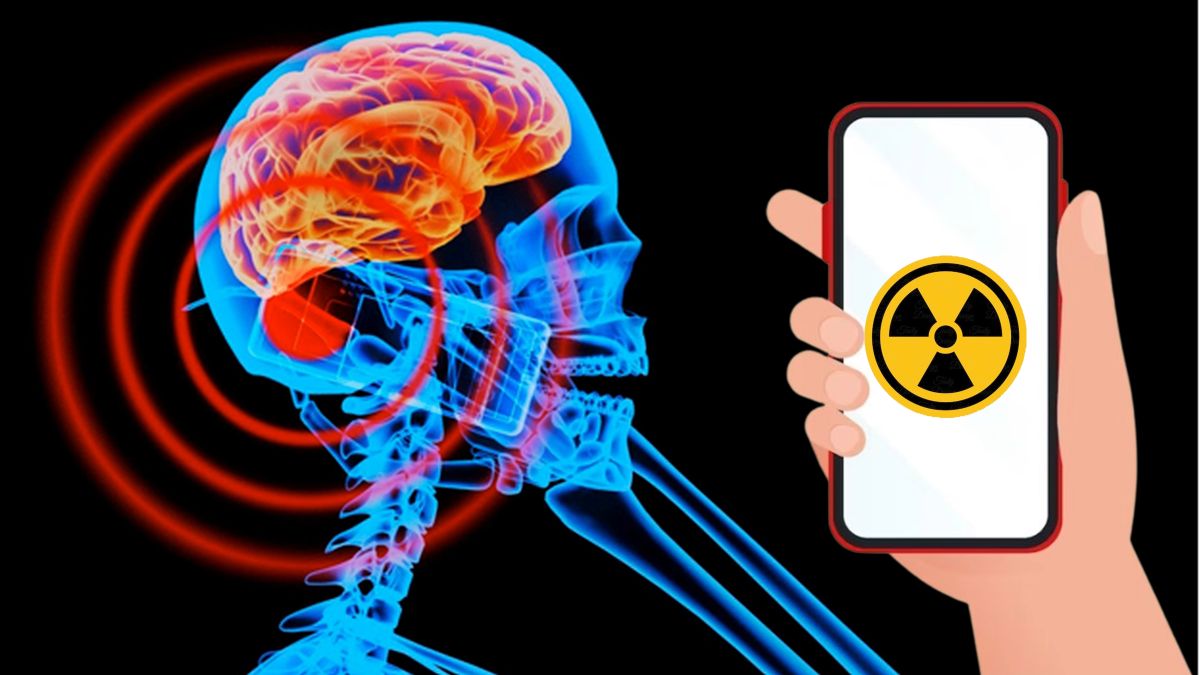
All electronic devices you can imagine, from microwaves to cell phones, emit electromagnetic radiation caused by the interaction between electric fields and magnetic fields. There are many types of electromagnetic radiation, the majority generated naturally and, the truth is that in certain quantities it is completely harmless to health..
However, you probably remember that news that made headlines in the summer of 2023 regarding the French regulator, the National Frequency Agency (ANFR), and that order to apple to stop sales of the iPhone 12 due to serious concerns. on the emission of electromagnetic radiation.
Specifically, the French agency carried out tests that revealed an absorption of electromagnetic energy of 5.74 watts per kilogram when situations were simulated in which the mobile phone was held in the hand or kept in a pocket. This value exceeded the European standard of 4.0 watts per kilogram in such tests..
Contextually, the electromagnetic radiation emitted by smartphones is measured by the Specific Absorption Rate (SAR), which indicates how much electromagnetic energy is absorbed by the human body during the use of the device. SARs are tested and regulated to make sure they are within limits considered safe.
This finally came to fruition after Apple released an update to software to reduce the specific absorption rate of the device.
Starting precisely from this basis, it is true that concerns about this radiation continue to exist, with more or less reason and arguments. It is because of that There are lists that rate current mobile phones based on their SAR so that users who are highly concerned about this aspect can evaluate it when purchasing one or the other..
These are the 20 smartphones with the lowest Specific Absorption Rate, SAR, on the market
- ZTE Blade V10: 0.13 watts per kilogram.
- samsung Galaxy Note 8: 0.17 watts per kilogram.
- ZTE Axon Elite: 0.17 watts per kilogram.
- Verykool Vortex RS90: 0.18 watts per kilogram.
- Samsung Galaxy Note 10: 0.19 watts per kilogram.
- ZTE Nubia 5: 0.225 watts per kilogram.
- Samsung Galaxy Note 2: 0.28 watts per kilogram.
- Samsung Galaxy Mega: 0.321 watts per kilogram.
- Kyocera Dura XT: 0.328 watts per kilogram.
- Pantech Discover: 0.35 watts per kilogram.
- Samsung Galaxy Beam: 0.36 watts per kilogram.
- Samsung Galaxy Stratosphere II: 0.37 watts per kilogram.
- Pantech fast: 0.386 watts per kilogram.
- Samsung Jitterbug Plus: 0.4 watts per kilogram.
- Jitterbug Plus: 0.4 watts per kilogram.
- LG exalt: 0.43 watts per kilogram.
- Samsung Galaxy Note 2: 0.455 watts per kilogram.
- HTC One V: 0.462 watts per kilogram.
- LG Optimus Vu: 0.47 watts per kilogram.
- Samsung Galaxy S 4G Relay: 0.47 watts per kilogram.
If you have read the list, the truth is that It is quite disappointing to see that you would have to stay with a smartphone that is very far from current features and needs.. Furthermore, a low SAR is not a foolproof seal of approval, but it can certainly be treated as an indicator to take into account.
Of course, it all depends on what you’re looking for, but don’t let this list make you think that the latest iPhone 15 or Samsung’s Galaxy S24 are a bomb for your body. In the end, all brands are obliged to maintain minimums and yes, if they are below and are selling, they are safe. You have already been able to verify this with the case of the iPhone 12 in Europe.
This simply serves to see how some companies, even Samsung itself, launch smartphones that are also aimed at this segment of the population, somewhat more concerned about settlement, making it clear that there is room for everyone here.
